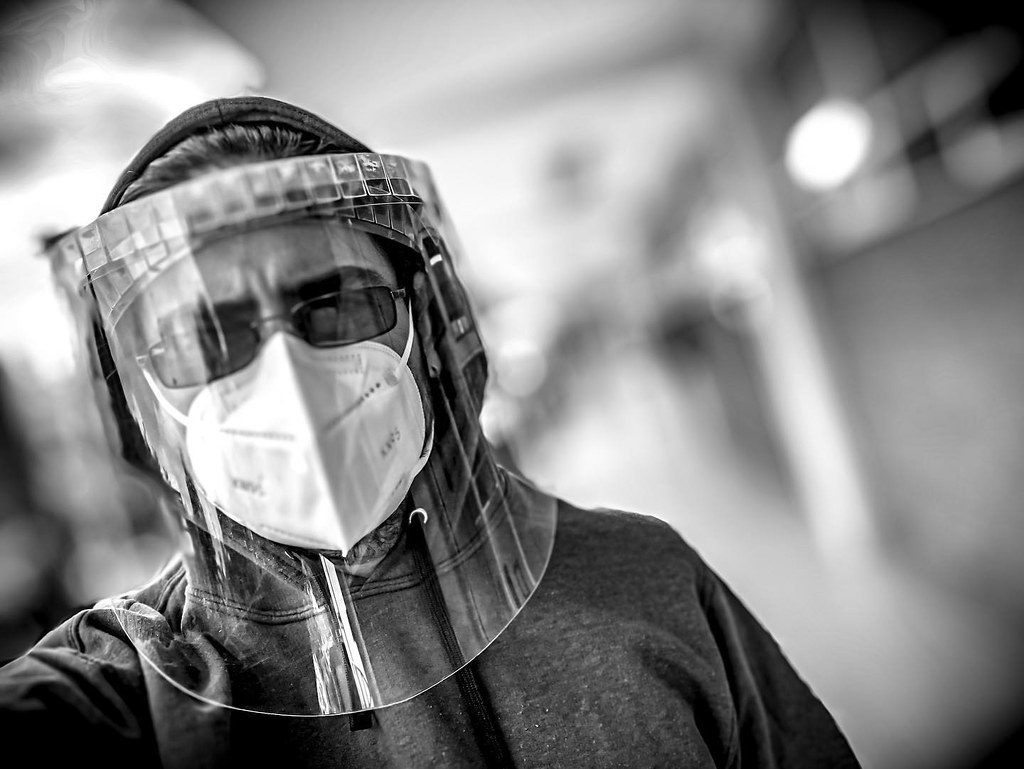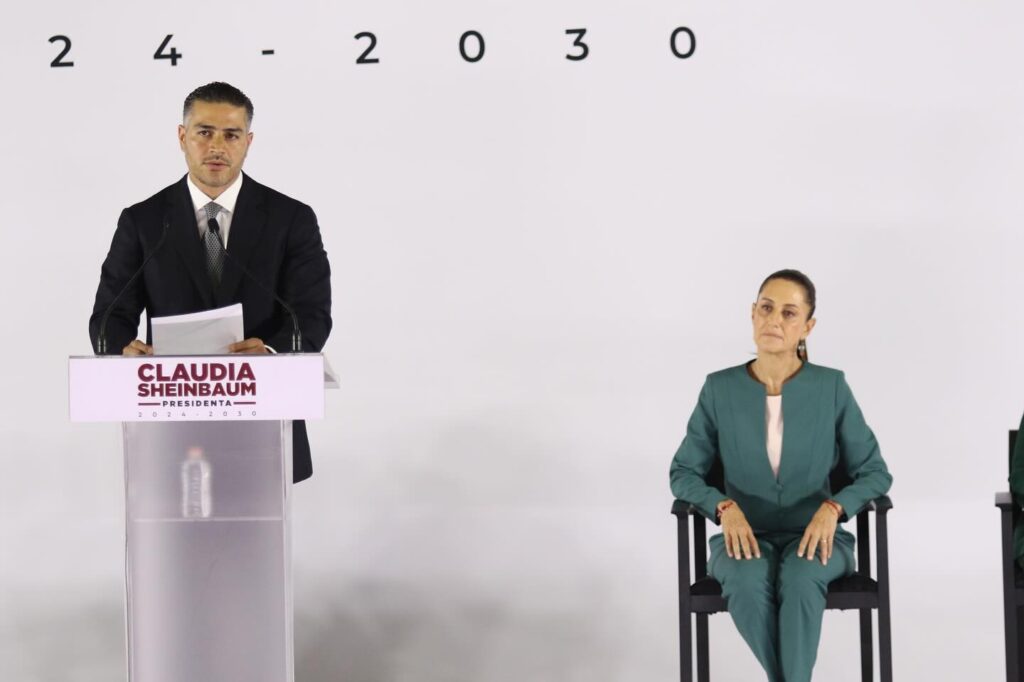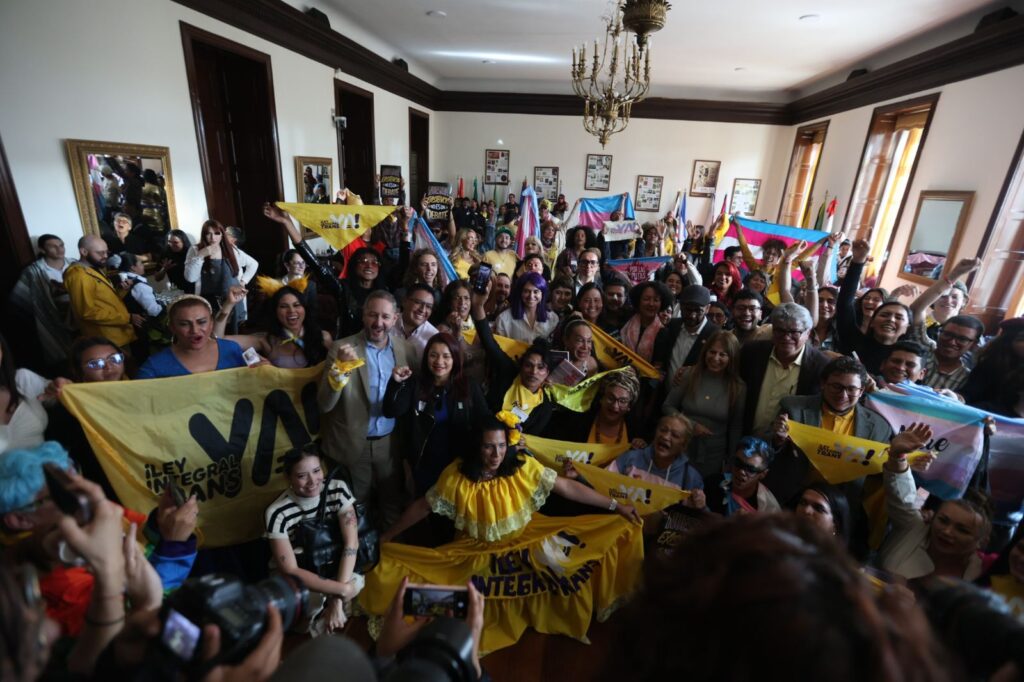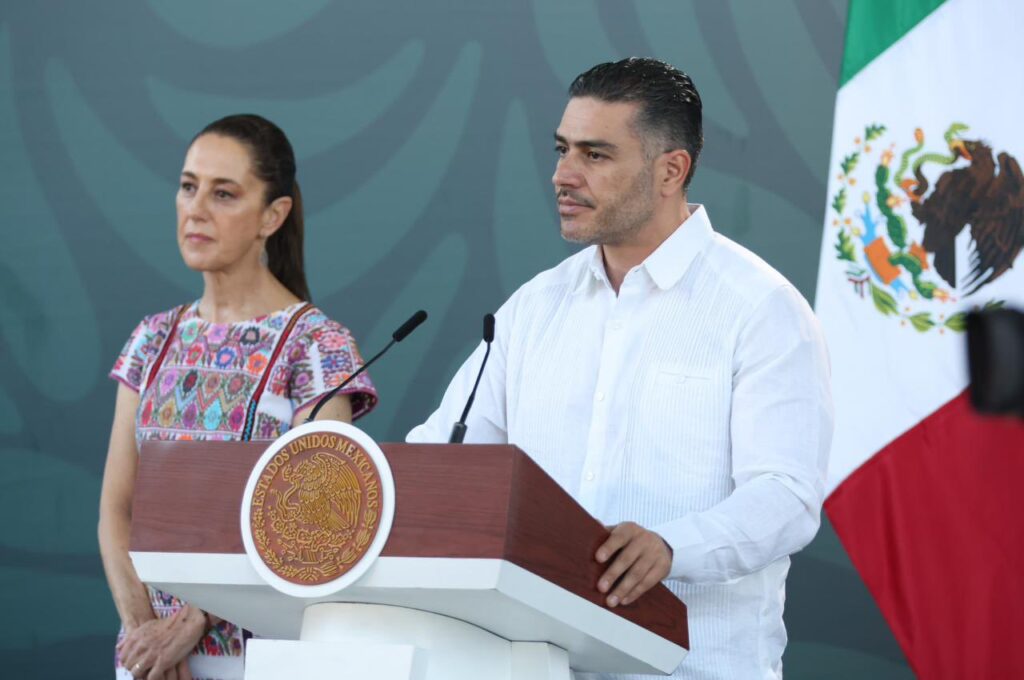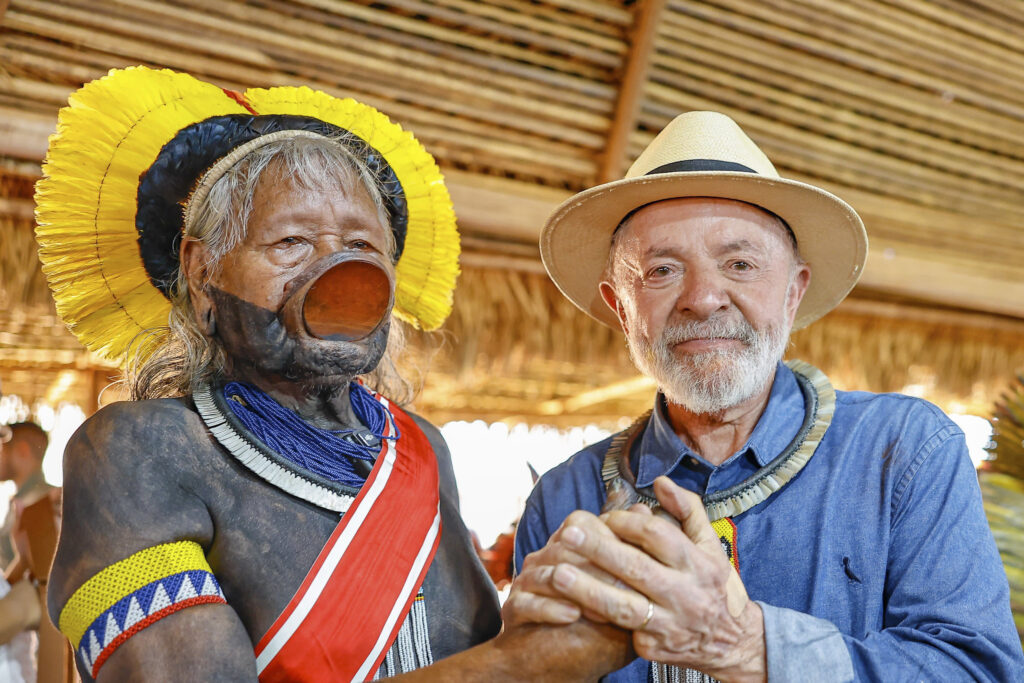Around Latin America, a number of countries are experiencing an increase in COVID-19 cases as another wave of the pandemic takes hold over the region that has little access to vaccinations.
Infections and deaths are currently rising in Argentina, Colombia, Peru, Costa Rica, and Puerto Rico, among other countries in the region. In Brazil, the situation has been dire since March when a wave of variants saw a spike in deaths, eventually leading to more than 4,000 in one day.
This level of devastation across Latin America has led the World Bank to call it the globe’s hardest-hit region. Despite having less than 10 percent of the world’s population, Latin America has accounted for about 30 percent of the world’s deaths from COVID-19.
Still, high-income countries have received four of every five vaccines made as Latin America and the global south struggle to get access to sought-after doses. There is a concern among experts that the longer these countries go without access to vaccines, the more likely it is that a variant will arise that the world’s current vaccines are ineffective at preventing.
“Latin America is the region that currently has greatest need for vaccines, this region should be prioritized for distribution of vaccines,” said Carissa Etienne, the Americas director of the World Health Organization (WHO), at a recent summit. “This is a global epidemic. No one will be safe until we are all safe.”
In Colombia, only 2 percent of the population is fully vaccinated. Those figures are even worse in Honduras, Nicaragua and Venezuela, according to Reuters statistics.
Only Chile compares favorably to the rest of the world, as the coastal nation has given at least one vaccine dose to 40 percent of its population, which is nearly identical to the vaccination rate in the United States. Uruguay is the other country in the region doing well when it comes to vaccinations rate, as the diminutive country leads the world in the amount of daily vaccine shots given per 100 people and a third of its people have received at least one dose so far.
In total, however, just 11 percent of the South American population has received at least one dose of a vaccine.
This is sure to have long-lasting consequences for the region, as poverty is expected to grow and already it is estimated that there are 19 million more impoverished people than there were before the pandemic. One out of every six young adults in Latin America has lost their job since March of 2020.
In addition, prolonged school closures will eliminate future opportunities for children. “Distance learning, even if feasible, is unlikely to deliver the same knowledge as face-to-face teaching,” World Bank officials wrote of the region in March. “For many children in the poorest segment of society, it simply may not be an option. If lockdowns continue to affect the education sector for too long, many children may never return to school and instead begin their working lives earlier than anticipated.”
On the vaccine front, more help seems to be on the way as China and Russia have promised to supply millions of doses across Latin America. In addition, the WHO has said it will have 280 million vaccines from its COVAX Facility distributed throughout the region by the end of this year. However, very few doses have been delivered so far.
“The Covax system has been a failure,” said Guatemalan President Alejandro Giammattei. “A small group of countries have all the vaccines and a large number do not have any access.”


